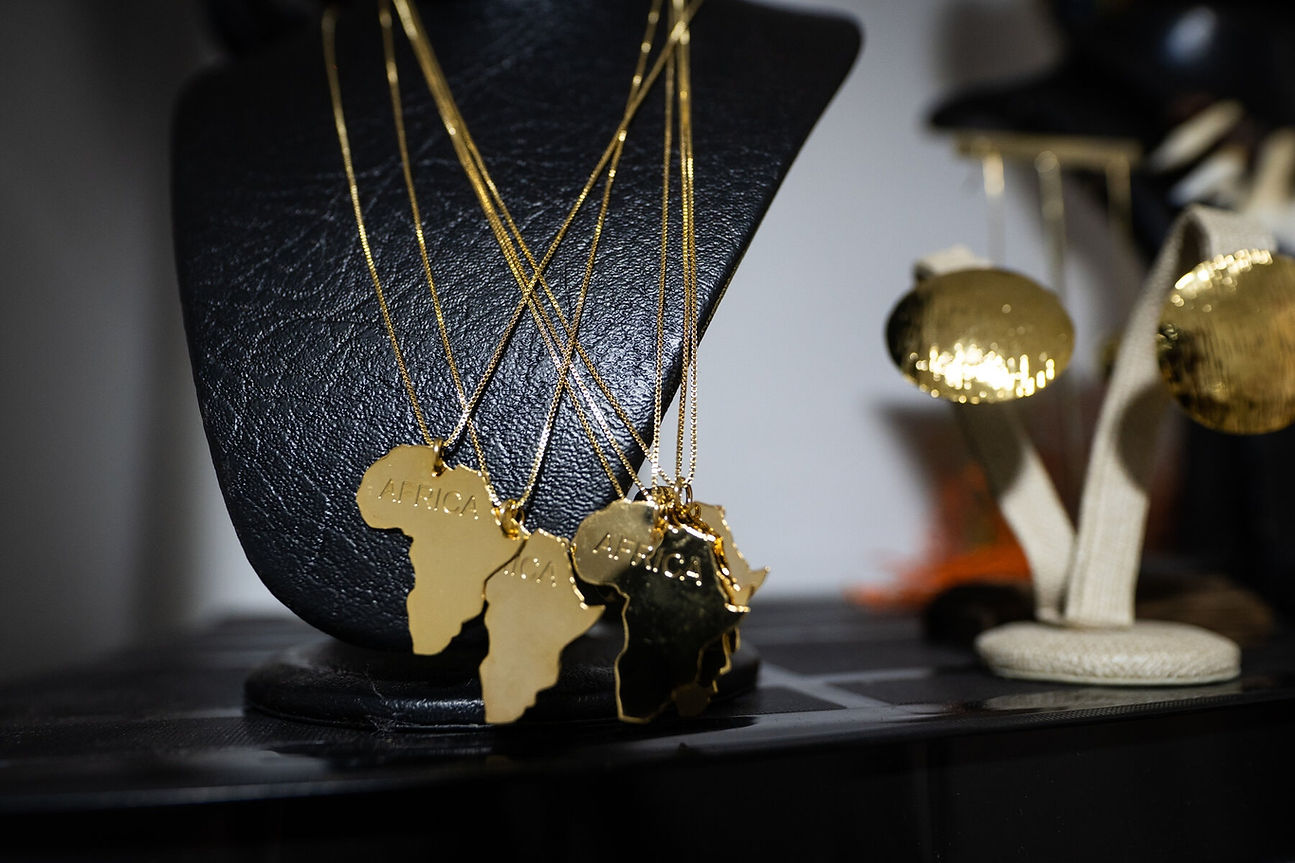By: Bella Lee
In the South American country of Colombia, a premier fashion event in the coastal city of Buenaventura took place. Models walked down the boardwalk, wearing dresses that were made of fabric that was imported from Africa.
Esteban Sinisterra Paz, a 23-year-old university student from the poor Colombian Pacific region, was the designer of the dresses. He was also behind the case of Colombia’s first Black vice president, Francia Marquez’s, wardrobe.
Sinisterra had not long started his career when he got a call from Marquez, who wanted him to design two dresses for her. Sinisterra, who is an Afro-Colombian, was delighted. He said, “When I got her call, it was amazing, as it wasn’t just about me or her, it was about our entire community. This is a story written by all those who were excluded and ignored, but one day stood up and said, ‘We want change for our community’.”
On June 16, Gustavo Pedro won the Colombian presidency, after a long campaign was set up to win the power. When Pedro took office, it became the first time that conservative Colombia was ruled by a leftist.
Marquez, who was chosen by Pedro to be his running mate, made headlines around the world by giving voice to millions of poor, Black and Indigenous Colombians. She explained how unfair it was when race and class define a Colombian’s status, and she showed how poor people can still make accomplishments and successes.
Marquez has also expanded the country’s political aesthetics, choosing not to wear stiff shirts but rather clothes that give an aura of Afro-Colombian culture and feeling of rebellion.
Ms. Marquez and Mr. Pedro are two ambassadors of Afro-Colombian aesthetic culture that citizens say give greater respect to low-status Black Colombians.
Links:











